It’s easy to notice color – our eyes are drawn to the joyful exuberance of red berries, green leaves, yellow flowers. But underneath and behind and beside the colorful things in the forest, there’s a deeper story told in texture.
Now that fall’s frosty crispness has faded some of the color from the landscape, it’s a great time to look at texture … and folks, I’ve fallen in love with the texture of goldenrod.
Most everyone is familiar with goldenrod – it blankets the Midwest’s open spaces in a spectacular sea of gold in late August but fades to buff and tan soon after autumn’s frosts. As I explored the hills and valleys of Waubonsie State Park this past week, there was a lot of dried goldenrod still standing and I gathered a couple stems.
Yesterday, I put those stems in front of the lens. Wow! When you take goldenrod away from all the competing plants of the outdoors and view it on its own, it’ll drop your jaw – it’s a cornucopia of texture!
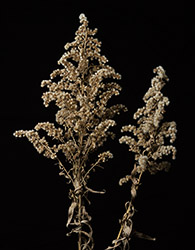
The fluffy, formerly-gold blossoms have bleached to nearly white but retain a gentle, downy softness that almost glows in the right light. And over the last few months, its leaves have dried into artistic twists, curves and spirals just a few shades darker than the downy blooms.
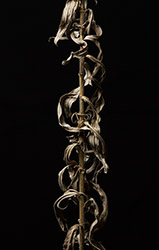
Folks, here’s my advice: Go outside. (Especially at Waubonsie State Park!) Find some goldenrod. Bring it inside and look at it. Put it in a vase. Tell your friends about it. And then go back outside and look at all the plants around it, because there’s an abundance of absolutely gorgeous texture in the Loess Hills in the late fall!
Note: A gallery of my photos from Waubonsie State Park is live now.

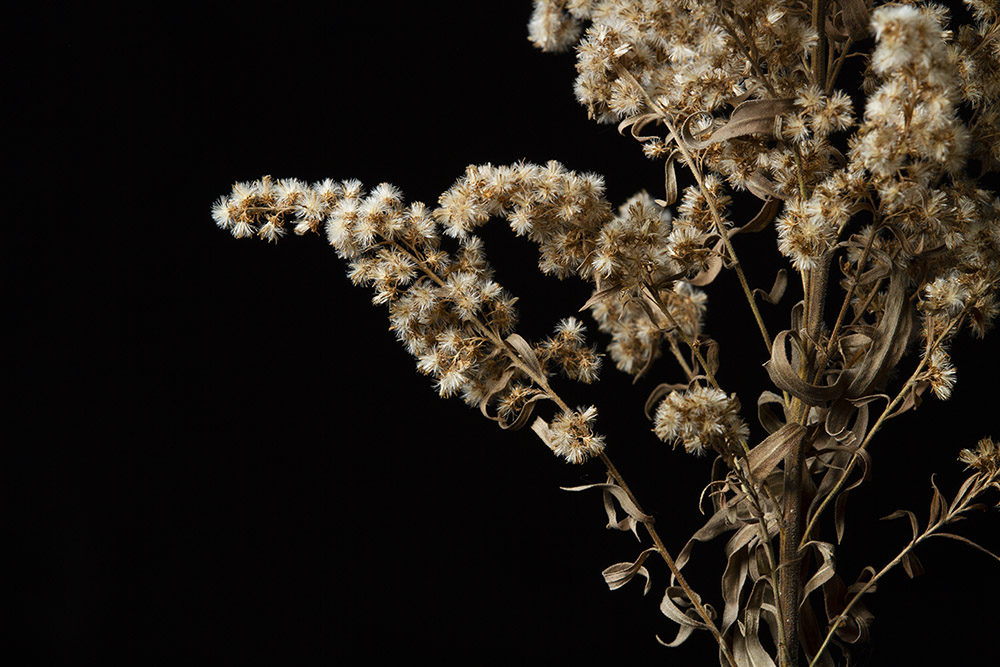
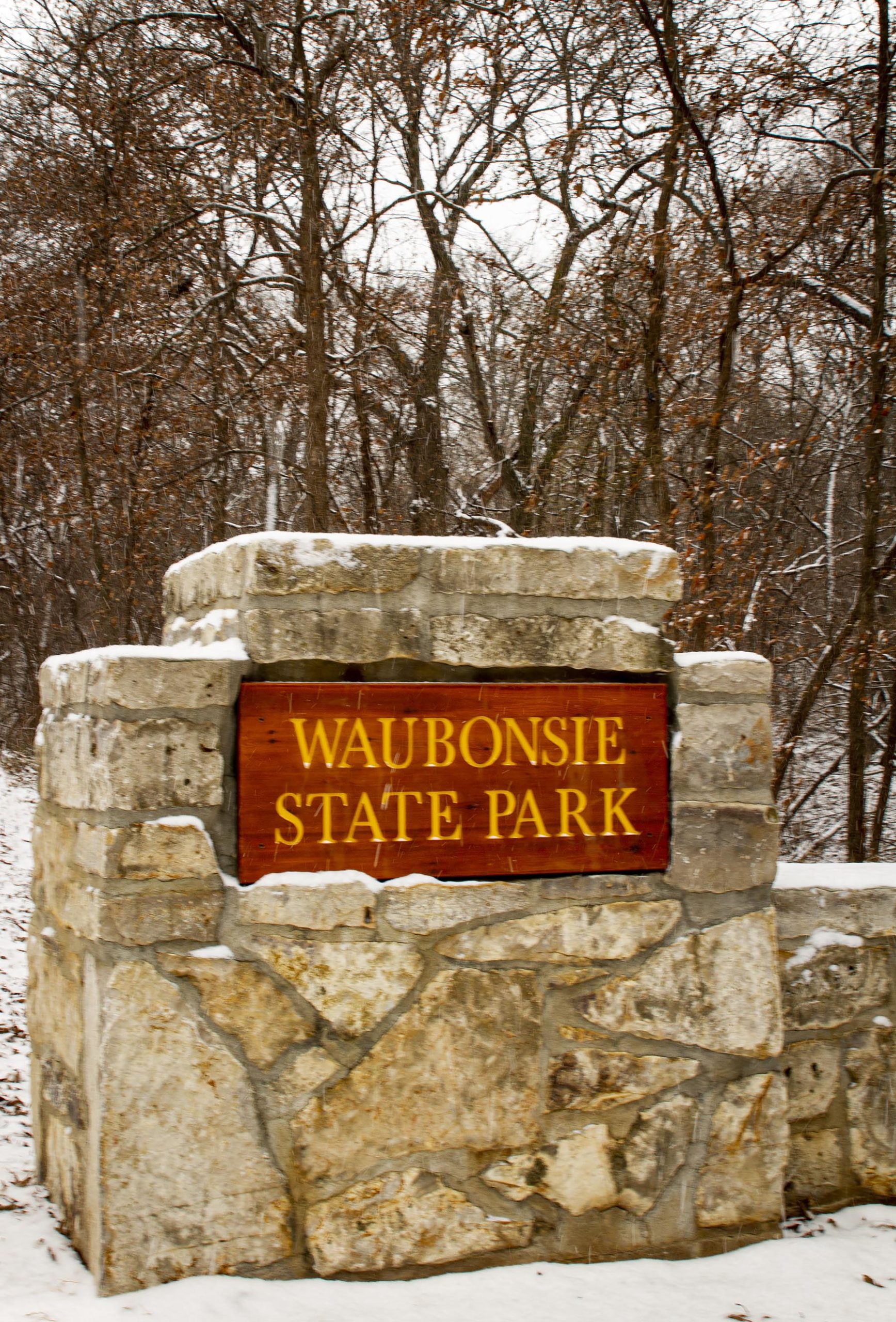
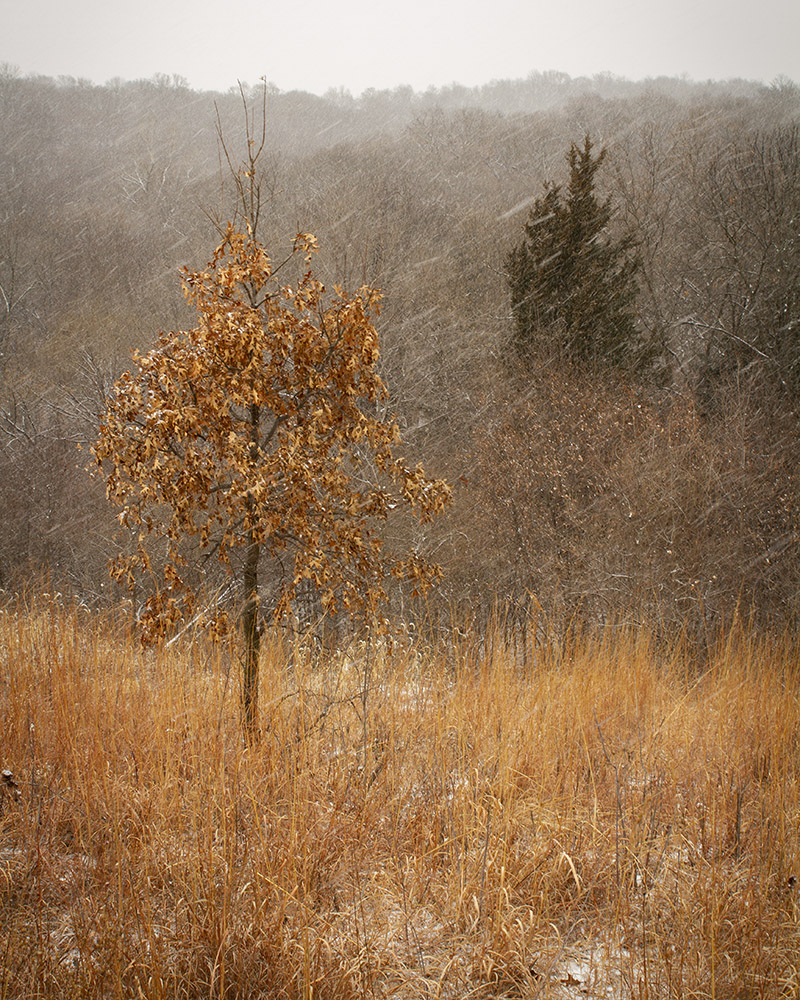
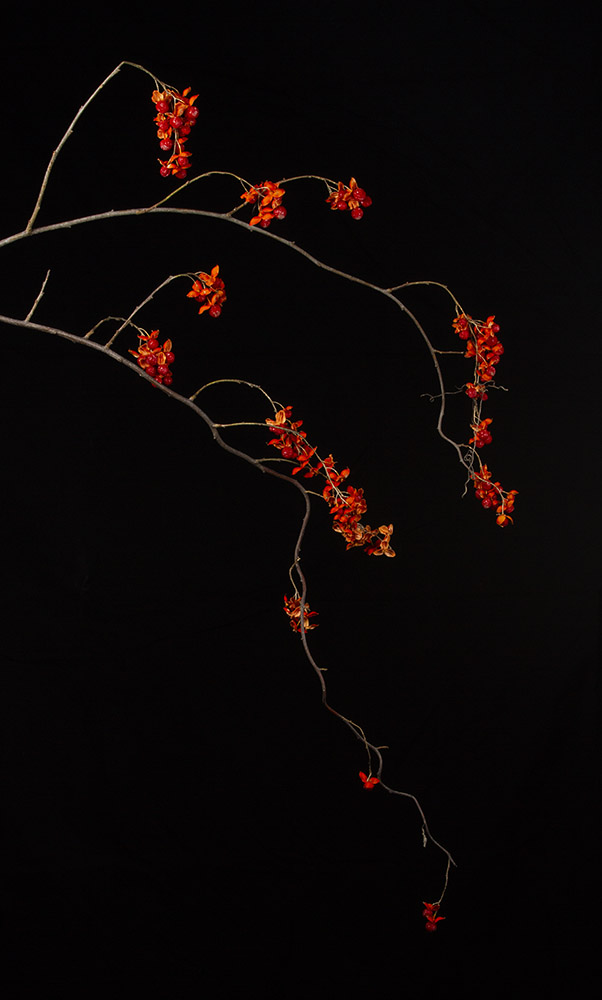
Seek also the cap of the bur oak acorn, the joint in a stem of equisetum, the red seedhead of sumac, and a spike of blazing star.